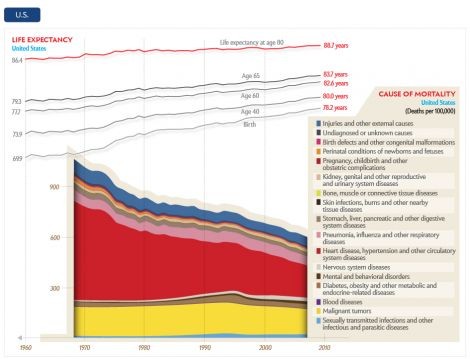HighFrequency Traders FlatOut Buying Data Ahead of You MarketBeat
Post on: 16 Март, 2015 No Comment

By Geoffrey Rogow
Everett
When the Institute for Supply Management releases its index of manufacturing activity next week, the headlines from the report will flash to traders at what their eyes tell them is 10:00 am. But unless they are subscribers to a new low-latency feed provided by Thomson Reuters, they’ll actually be getting it late—and depending on how they’re positioned, it could be too late.
The ISM is just one of the private data providers that are increasingly splitting their dissemination policies.
Some are sticking to the letter of the law, releasing their information to all comers at the same time, but also providing special opportunities for high-speed traders willing to pay for super-fast feeds. On the government side, providers of public information are actively trying to avoid playing favorites to this influential crowd of high-frequency traders.
Both are wrestling with questions of integrity, while the lines defining what is or is not early release are becoming increasingly blurred.
More In High Frequency Trading
In July, the ISM signed a contract with Thomson Reuters to offer a streamlined version, called low-latency, of its closely watched business-activity report. It will release the full report to Business Wire, a press release service, at exactly the same time.
Investors with the superfast computers and algorithmic-trading software needed to read and act upon the low-latency line’s digitalized information will inevitably be the first to trade on the news. The advantage these high-tech traders enjoy is measured in just millionths of a second, but it will be more than enough time to beat competitors who instead must rely on news services that generate headlines from the Business Wire release.
According to observers of ISM’s actions, the national nonprofit organization is motivated by a desire to smooth the impact of its data, which can move everything from stocks to currencies. With an algo feed, the market can assume these traders will have it first and plan accordingly, as opposed to other policies where the first point of dissemination is in question.
The bifurcated release also limits technical glitches, which seem to be on the rise. This month alone, both the Labor Department and the National Association of Realtors have accidentally released information on their websites well in advance of the official release time.
Whereas the government is actively trying to curtail the ability of high-frequency firms to trade on its data first—the Labor Department, for example, is poised to change the protocol for market-sensitive economic indicators released during its lockup with media organizations—ISM and other private data providers are embracing the algorithmic news feeds. The rationale: there is simply no way to cut out rapid traders altogether.
Then there’s somewhat thorny issue of financial benefits.

Though ISM, as a non-profit, can’t derive revenue from this specialized delivery, it is a big business for others. The potential beneficiaries include news delivery services such as Thomson Reuters, Bloomberg and News Corp. unit Dow Jones & Co. the publisher of Dow Jones Newswires and The Wall Street Journal. Also winning side: data center operators such as AT&T Co. and the trading firms themselves.
Paul Rowady, a senior analyst at independent research firm the Tabb Group, said firms delivering data feeds could charge $25,000 or more for access to the data, or could include it in a broader package of products.
He noted that this type of data, where there is a known catalyst released at a specific time, is the most sought after by high-speed traders, calling it the low-hanging fruit for highly automated strategies.
When you know its coming, you can get your catchers mitt ready, Rowady said.
For more MarketBeat and other streaming markets coverage from The Wall Street Journal, point your mobile browser to wsj.com/marketspulse .
Yelp Traders Brace for Lockup Expiration; Better to Be Safe Than Sorry Next
Operation Twist: Guessing Why Draghi Scotched Jackson Hole














